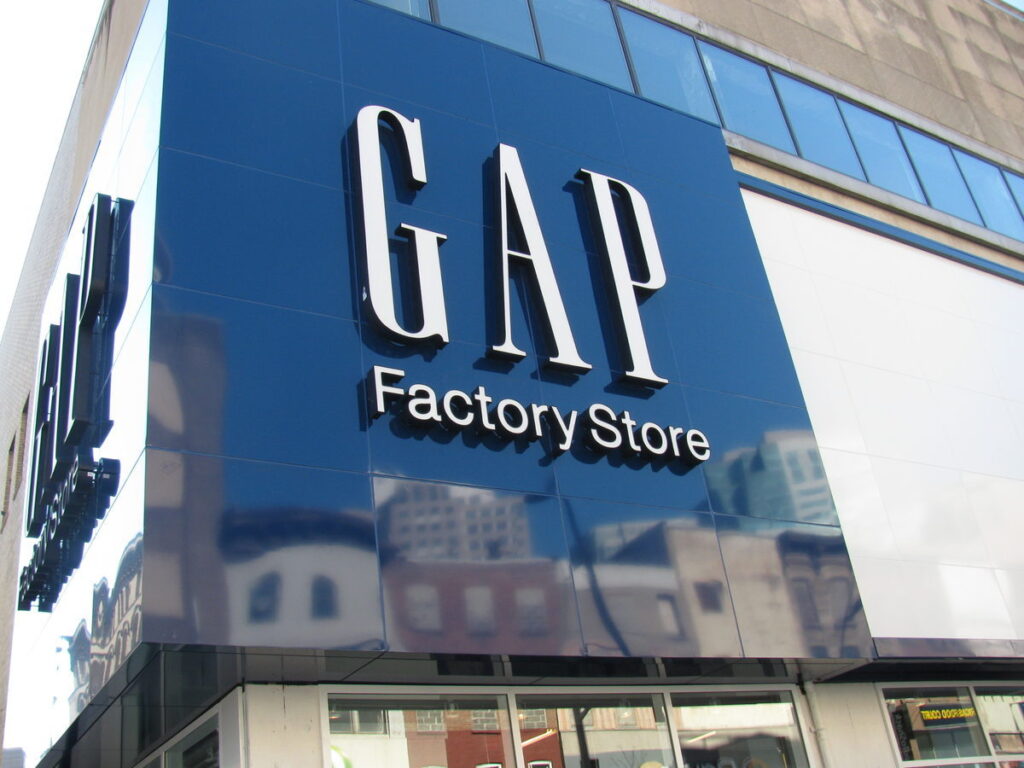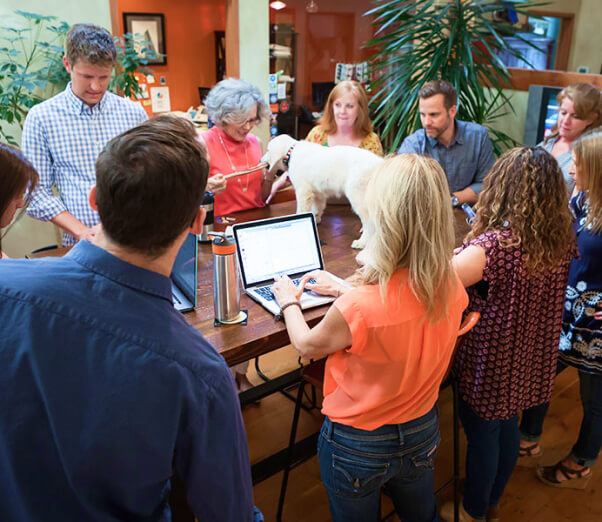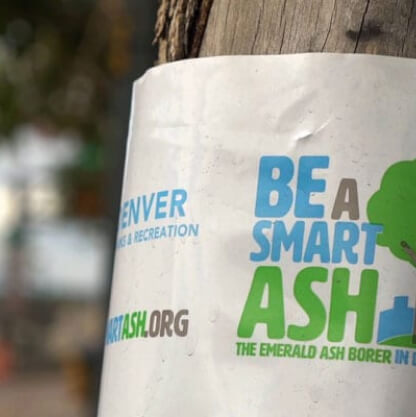Culture & Leadership
News & Awards
Opinion
Strategy
How Gap Inc. connects with consumers on social media

Hipster 20-somethings swing dancing and sporting khaki pants and fitted tees used to be how mega-clothier Gap Inc. communicated with its customers.
Then along came social media, and the retailer drastically changed its strategy. Today its brands—Gap, Banana Republic, Old Navy, and Athleta—engage in online conversations. Customers crave this back and forth and want the story behind Gap’s products, Sue Kwon said during a recent conference on crisis communications and social media. Kwon is the parent company’s director of digital media and chief of editorial.
I recently discussed how Gap engaged its 130,000 employees with a straightforward social media policy. Here are some insights into how the company and its chains describe the purpose of its various social media channels.
Facebook:
• To build a community where customers and employees interact.
• To craft online identity, seed conversations, enhance reputation, and distribute exclusive marketing content.
Twitter:
• To talk to customers in real time, share content, answer questions, and lead followers to Facebook, corporate blogs, and YouTube.
YouTube:
• To showcase brand-appropriate video content and improve search engine results.
Corporate blog (aDressed):
• To enhance reputation with conversational posts linked to press releases, leader profiles, and relevant third-party content.
• To post leader messages, highlight corporate culture, and improve search engine results for positive content.
Content on these channels includes company news, pop culture, promotions, and guest blogs. The channels are also used to address customer issues.
Gap’s social media program to encourage customers to voice their opinions came together in full force when the company introduced a redesigned logo in 2010. The social media outcry against the change was vehement and widespread. On its Facebook page, Gap’s president tried to offer some balance by giving some background on the new logo and how well it had tested with customers.
Several days later, with complaints still rolling in, Gap announced on its Facebook page that it was scrapping the new logo: “OK. We’ve heard loud and clear that you don’t like the new logo … So instead of crowdsourcing, we’re bringing back the Blue Box tonight.”
 Hipster 20-somethings swing dancing and sporting khaki pants and fitted tees used to be how mega-clothier Gap Inc. communicated with its customers.
Then along came social media, and the retailer drastically changed its strategy. Today its brands—Gap, Banana Republic, Old Navy, and Athleta—engage in online conversations. Customers crave this back and forth and want the story behind Gap’s products, Sue Kwon said during a recent conference on crisis communications and social media. Kwon is the parent company’s director of digital media and chief of editorial.
I recently discussed how Gap engaged its 130,000 employees with a straightforward social media policy. Here are some insights into how the company and its chains describe the purpose of its various social media channels.
Facebook:
• To build a community where customers and employees interact.
• To craft online identity, seed conversations, enhance reputation, and distribute exclusive marketing content.
Twitter:
• To talk to customers in real time, share content, answer questions, and lead followers to Facebook, corporate blogs, and YouTube.
YouTube:
• To showcase brand-appropriate video content and improve search engine results.
Corporate blog (aDressed):
• To enhance reputation with conversational posts linked to press releases, leader profiles, and relevant third-party content.
• To post leader messages, highlight corporate culture, and improve search engine results for positive content.
Content on these channels includes company news, pop culture, promotions, and guest blogs. The channels are also used to address customer issues.
Gap’s social media program to encourage customers to voice their opinions came together in full force when the company introduced a redesigned logo in 2010. The social media outcry against the change was vehement and widespread. On its Facebook page, Gap’s president tried to offer some balance by giving some background on the new logo and how well it had tested with customers.
Several days later, with complaints still rolling in, Gap announced on its Facebook page that it was scrapping the new logo: “OK. We’ve heard loud and clear that you don’t like the new logo … So instead of crowdsourcing, we’re bringing back the Blue Box tonight.”
Hipster 20-somethings swing dancing and sporting khaki pants and fitted tees used to be how mega-clothier Gap Inc. communicated with its customers.
Then along came social media, and the retailer drastically changed its strategy. Today its brands—Gap, Banana Republic, Old Navy, and Athleta—engage in online conversations. Customers crave this back and forth and want the story behind Gap’s products, Sue Kwon said during a recent conference on crisis communications and social media. Kwon is the parent company’s director of digital media and chief of editorial.
I recently discussed how Gap engaged its 130,000 employees with a straightforward social media policy. Here are some insights into how the company and its chains describe the purpose of its various social media channels.
Facebook:
• To build a community where customers and employees interact.
• To craft online identity, seed conversations, enhance reputation, and distribute exclusive marketing content.
Twitter:
• To talk to customers in real time, share content, answer questions, and lead followers to Facebook, corporate blogs, and YouTube.
YouTube:
• To showcase brand-appropriate video content and improve search engine results.
Corporate blog (aDressed):
• To enhance reputation with conversational posts linked to press releases, leader profiles, and relevant third-party content.
• To post leader messages, highlight corporate culture, and improve search engine results for positive content.
Content on these channels includes company news, pop culture, promotions, and guest blogs. The channels are also used to address customer issues.
Gap’s social media program to encourage customers to voice their opinions came together in full force when the company introduced a redesigned logo in 2010. The social media outcry against the change was vehement and widespread. On its Facebook page, Gap’s president tried to offer some balance by giving some background on the new logo and how well it had tested with customers.
Several days later, with complaints still rolling in, Gap announced on its Facebook page that it was scrapping the new logo: “OK. We’ve heard loud and clear that you don’t like the new logo … So instead of crowdsourcing, we’re bringing back the Blue Box tonight.”



